

Articles
What Does A Skylight Filter Do
Modified: February 5, 2024
Discover the benefits of using a skylight filter with our informative articles. Enhance your photography and protect your camera lens with this essential accessory.
(Many of the links in this article redirect to a specific reviewed product. Your purchase of these products through affiliate links helps to generate commission for Storables.com, at no extra cost. Learn more)
Introduction
A skylight filter is a versatile photographic accessory that can greatly enhance the quality and outcomes of your photographs. Whether you are a professional photographer or an amateur hobbyist, understanding the purpose and benefits of using a skylight filter can greatly improve your skills and the overall aesthetics of your images. In this article, we will delve into the world of skylight filters, exploring their definition, purpose, benefits, factors to consider when choosing one, how to properly use them, and common misconceptions surrounding their usage.
Skylight filters, also known as UV filters or Skylight 1A filters, are transparent filters that are placed on the front of a camera lens. They are designed to block ultraviolet (UV) light from entering the camera, reducing the bluish cast that can appear in outdoor photographs, especially on sunny days. The filters are typically made from optical-grade glass or high-quality resin, ensuring minimal impact on image quality.
Key Takeaways:
- Skylight filters enhance outdoor photographs by correcting color temperature, reducing bluish cast, and providing lens protection. They offer improved contrast, reduced lens flare, and easier post-processing, elevating the overall image quality.
- When choosing a skylight filter, consider factors like filter size, material, brand, coatings, tint, and compatibility. Proper usage involves cleaning the lens, securely attaching the filter, checking for vignetting, and experimenting with different shooting conditions. Understanding common misconceptions about skylight filters is essential for informed decision-making in photography.
Read more: How Much Does Skylight Cost
Definition of a Skylight Filter
A skylight filter is a type of photographic filter that is used to correct the color temperature of outdoor photographs by reducing the bluish cast caused by ultraviolet (UV) light. It is primarily designed to improve the warmth and clarity of images, especially when shooting under natural light conditions.
Skylight filters are often categorized as UV filters or Skylight 1A filters. While they both serve the purpose of blocking UV light, Skylight 1A filters also have a subtle pink or magenta tint. This tint helps to counterbalance the bluish tone that can occur when capturing images in open spaces or on extremely bright days.
These filters are typically constructed with high-quality optical glass or resin materials to ensure optimal light transmission and minimal impact on image quality. They are available in various sizes and can be easily attached to the front of a camera lens using filter threads or adapter rings.
It is important to note that skylight filters are different from polarizing filters. While polarizers also block UV light, they primarily serve the purpose of reducing glare and enhancing color saturation. Skylight filters, on the other hand, are specifically used to correct color temperature and minimize the bluish cast.
Purpose of a Skylight Filter
The primary purpose of a skylight filter is to correct the color temperature and improve the overall quality of outdoor photographs. By reducing the bluish cast caused by UV light, skylight filters help to create more natural-looking images with warmer tones.
When shooting under natural light conditions, especially on sunny days, the blue wavelengths of light become more dominant, leading to a cool and bluish tone in photographs. This can result in a loss of warmth and vibrancy in the image. Skylight filters counteract this effect by adding a subtle pink or magenta tint to the image, restoring the natural colors and warmth of the scene.
Furthermore, skylight filters also provide additional protection for camera lenses. They act as a barrier against dust, dirt, and scratches, preventing potential damage to the lens surface. This can help extend the lifespan of your lens and avoid costly repairs or replacements.
Another purpose of using a skylight filter is to minimize the impact of atmospheric haze in landscape photography. Haze, caused by air pollutants or distant moisture in the atmosphere, can create a hazy or washed-out appearance in images. Skylight filters help to reduce the atmospheric haze by blocking the UV light that contributes to its visibility, resulting in clearer and more detailed landscape photographs.
Additionally, skylight filters can also serve as a protective layer against accidental impacts or drops. While they may not provide the same level of protection as dedicated lens hoods or filter systems, they offer an extra layer of defense for your lens, safeguarding it from potential damage.
Overall, the purpose of a skylight filter is to enhance the color temperature, clarity, and protection of your photographs. Whether you are capturing landscapes, portraits, or any other outdoor scenes, a skylight filter can significantly improve the overall quality and aesthetic appeal of your images.
Benefits of Using a Skylight Filter
Using a skylight filter in your photography can offer a range of benefits that enhance the quality, clarity, and overall appeal of your images. Here are some key advantages of using a skylight filter:
- Color Correction: Skylight filters are designed to correct the color temperature of outdoor photographs by reducing the bluish cast caused by UV light. This helps to produce more natural-looking images with warmer tones, making your photographs visually appealing.
- Improved Contrast: By reducing the haze caused by UV light and atmospheric conditions, skylight filters can enhance the contrast and definition in your photographs. This leads to sharper details, improved depth perception, and a more vibrant overall appearance.
- Protection for your Lens: Skylight filters serve as a protective layer for your camera lens, shielding it from dust, dirt, scratches, and other potential damage. This can help extend the lifespan of your lens and prevent costly repairs or replacements.
- Reduced Lens Flare: When shooting in bright light conditions, lens flare can occur, resulting in unwanted artifacts and reduced image quality. Skylight filters can help minimize lens flare by reducing the amount of direct UV light entering the lens, resulting in cleaner and crisper images.
- Enhanced Sharpness: By reducing the bluish cast and increasing overall clarity, skylight filters can improve the sharpness and detail of your photographs. This is particularly noticeable in landscapes, where fine textures and distant objects are more prominent.
- Easier Post-Processing: When your images are captured with a skylight filter, the colors are already corrected, reducing the need for extensive post-processing adjustments. This can save you time and effort in editing, allowing you to focus more on creative enhancements rather than color correction.
- Flexibility: Skylight filters are versatile accessories that can be easily attached or removed from your camera lens. This allows you the flexibility to use different filters based on the lighting conditions and desired creative effects.
Overall, using a skylight filter offers numerous benefits that enhance the quality and aesthetics of your photographs. From color correction and improved contrast to lens protection and reduced lens flare, incorporating a skylight filter into your photography gear can significantly elevate the overall quality of your images.
A skylight filter helps reduce the bluish cast in outdoor photography, improves color saturation, and protects the lens from dust and scratches. It’s a useful addition to your camera kit for shooting in natural light.
Factors to Consider When Choosing a Skylight Filter
When selecting a skylight filter for your photography needs, there are several factors to consider to ensure you choose the right filter that suits your requirements. Here are some key factors to keep in mind:
- Filter Size: The filter size should match the diameter of your camera lens. You can usually find this information on the front of your lens or in the lens specifications. Choose a skylight filter that has the same filter size to ensure a proper fit.
- Filter Material: Skylight filters are commonly made from optical-grade glass or high-quality resin. Both materials can provide good image quality, but glass filters are generally more durable and scratch-resistant. Consider your shooting environment and the level of protection required for your lens when choosing the filter material.
- Filter Brand: Opt for reputable and well-known filter brands to ensure high quality and optimal performance. These brands typically invest in research and development to produce filters with superior coatings and minimal distortion.
- Filter Coatings: Look for skylight filters that have multi-coatings or anti-reflective coatings. These coatings help reduce flare and ghosting, improve light transmission, and enhance overall image quality.
- Filter Tint: Decide whether you prefer a skylight filter with a subtle pink or magenta tint. The tint can vary between different brands and filter models, so consider the aesthetic effect you want to achieve and choose accordingly.
- Filter Price: Consider your budget when selecting a skylight filter. While it’s important to invest in a good quality filter, there are options available at various price points. Compare prices and features to find a filter that offers the best value for your money.
- Compatibility: Ensure that the skylight filter you choose is compatible with your camera system and lens. Some lenses may require specific filter types or adapters, so check the compatibility guidelines provided by the filter manufacturer.
By taking these factors into consideration, you can make an informed decision when choosing a skylight filter that meets your specific needs. It’s important to find the right balance between budget, quality, and compatibility to ensure optimal results in your photography.
Read more: What Is A Skylight
How to Properly Use a Skylight Filter
Using a skylight filter is a simple and straightforward process. Here are some steps to ensure you properly utilize a skylight filter for optimal results:
- Clean your lens: Before attaching the skylight filter, make sure to clean your camera lens thoroughly to remove any dust, smudges, or fingerprints. This will help ensure clear and sharp images.
- Identify the filter size: Determine the correct filter size for your lens by checking the specifications or the markings on the front of the lens. Make sure to choose a skylight filter that matches the filter size of your lens.
- Attach the filter: Line up the filter threads on the skylight filter with the threads on the front of your lens. Gently screw the filter clockwise until it is securely attached to the lens.
- Check for vignetting: After attaching the skylight filter, check if there is any vignetting or darkening around the edges of the frame. If vignetting occurs, you may need to switch to a thinner filter or adjust the positioning of the filter to eliminate the issue.
- Compose your shot: Frame your subject and adjust your camera settings according to the desired exposure and composition. Take into account the lighting conditions and adjust your exposure settings accordingly.
- Review and adjust: Capture a test shot and review the image on your camera’s LCD screen. Assess the color balance and overall appearance of the image. If necessary, make adjustments in camera settings, composition, or exposure compensation to achieve the desired result.
- Experiment and practice: To fully utilize the skylight filter, experiment with different shooting conditions, such as different times of day and various outdoor environments. This will help you understand the effect of the filter on different lighting situations and refine your usage.
Remember to handle the skylight filter with care and keep it clean to maintain optimal performance. Remove the filter when not in use to protect it from potential damage or scratches. With practice and experimentation, you will become more familiar with using the skylight filter and gain a better understanding of its impact on your photographs.
Common Misconceptions About Skylight Filters
While skylight filters are a valuable tool in photography, there are some common misconceptions that can lead to confusion or misunderstandings. Here are a few misconceptions about skylight filters that need to be clarified:
- Skylight filters are only useful in sunny conditions: Although skylight filters are commonly associated with sunny conditions and reducing the bluish cast, they can be used in various lighting situations. Whether it’s cloudy, overcast, or even indoors, skylight filters can still provide benefits like enhanced contrast and protection for your lens.
- Skylight filters always improve image quality: While skylight filters can improve certain aspects of image quality, it’s important to note that the impact may vary depending on the specific conditions and shooting scenarios. In some cases, the results may be more subtle, and the improvement may not always be noticeable.
- Skylight filters eliminate the need for post-processing: While skylight filters can help correct color temperature and reduce the bluish cast, they do not eliminate the need for post-processing. Post-processing can still be beneficial for fine-tuning exposure, adjusting white balance, or adding creative enhancements to your photographs.
- Skylight filters always cause lens flare: It’s a common misconception that using skylight filters will inevitably result in lens flare. However, modern skylight filters with anti-reflective coatings and proper positioning on the lens can help minimize lens flare. It’s important to use high-quality filters and consider the angle of light to further reduce the risk of flare.
- Using a skylight filter reduces the sharpness of the image: While poor-quality skylight filters or improper usage can potentially impact image sharpness, using a high-quality skylight filter that is clean and properly attached to the lens should not noticeably affect the sharpness of your images.
It’s essential to separate fact from fiction when it comes to skylight filters to make informed decisions about their usage. Being aware of these misconceptions can help you approach your photography with a clearer understanding of what skylight filters can and cannot do.
Conclusion
Skylight filters are valuable accessories that can significantly enhance the quality and aesthetics of your photographs. By correcting the color temperature and reducing the bluish cast caused by UV light, skylight filters produce more natural-looking images with warmer tones. Additionally, skylight filters offer several benefits such as improved contrast, lens protection, reduced lens flare, enhanced sharpness, easier post-processing, and flexibility in creative options.
When choosing a skylight filter, consider factors such as filter size, material, brand, coatings, tint, and compatibility with your camera system and lens. By selecting a filter that meets your specific needs, you can ensure optimal performance and results in your photography.
Proper usage of a skylight filter involves cleaning your lens, attaching the filter securely, checking for vignetting, composing your shot, reviewing and adjusting as necessary, and experimenting with different shooting conditions. With practice and experimentation, you can make the most of your skylight filter and achieve the desired effects in your photographs.
It is important to debunk common misconceptions surrounding skylight filters. They are not limited to sunny conditions, do not eliminate the need for post-processing, and do not always cause lens flare or reduce image sharpness. Understanding these misconceptions will help you make informed decisions about when and how to use a skylight filter in your photography.
In conclusion, skylight filters are versatile tools that can enhance the overall quality and visual appeal of your photographs. By using a skylight filter appropriately and considering the factors that influence its performance, you can elevate your photography skills and capture stunning images with improved color reproduction, contrast, and protection for your valuable lenses.
Frequently Asked Questions about What Does A Skylight Filter Do
Was this page helpful?
At Storables.com, we guarantee accurate and reliable information. Our content, validated by Expert Board Contributors, is crafted following stringent Editorial Policies. We're committed to providing you with well-researched, expert-backed insights for all your informational needs.

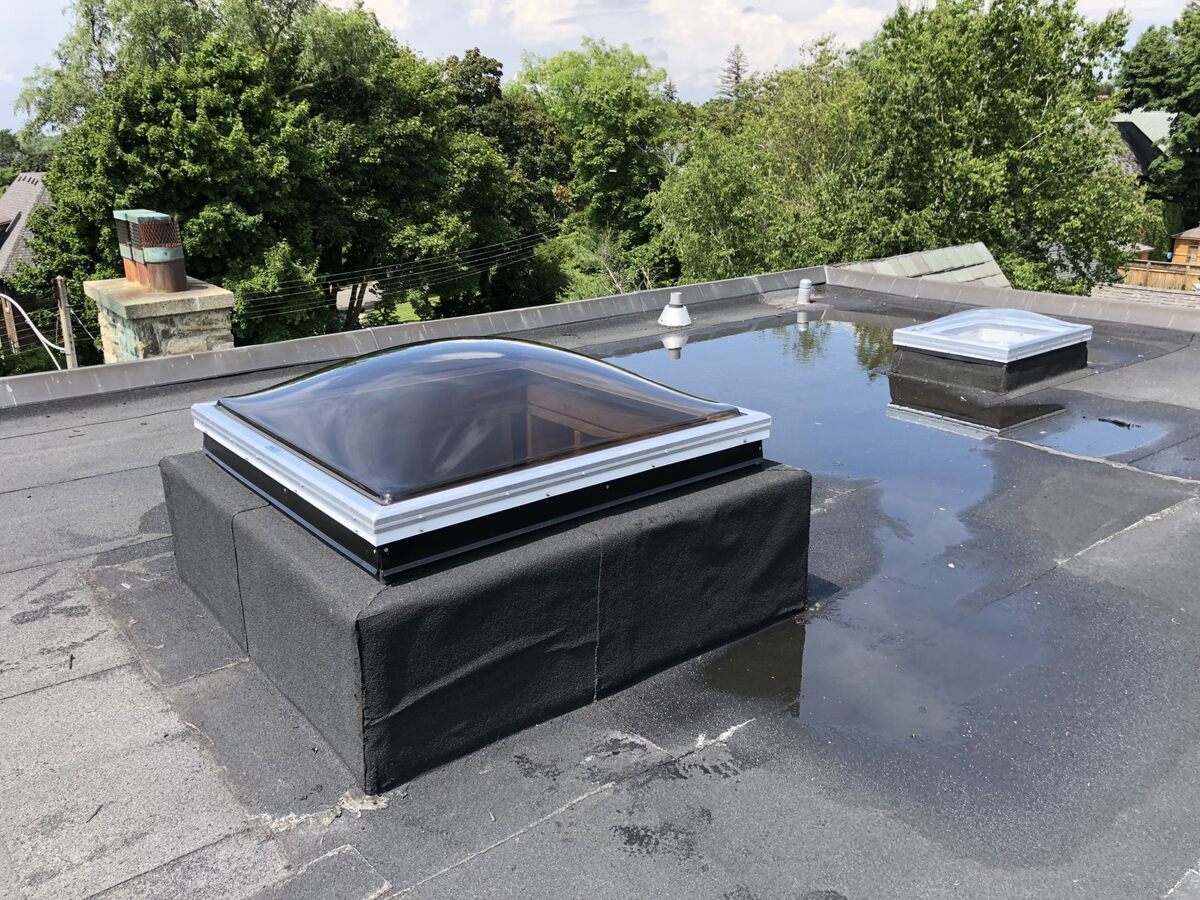

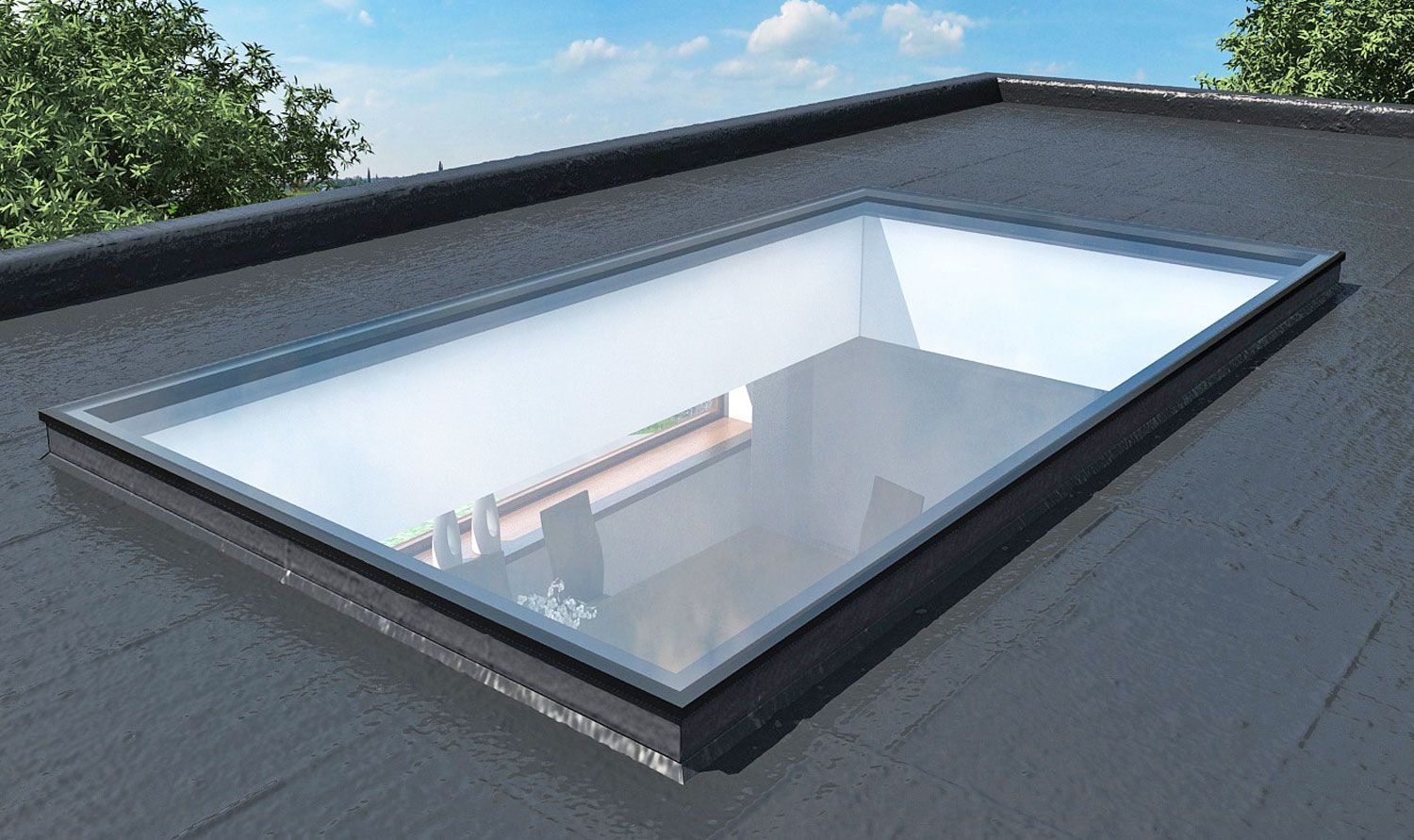
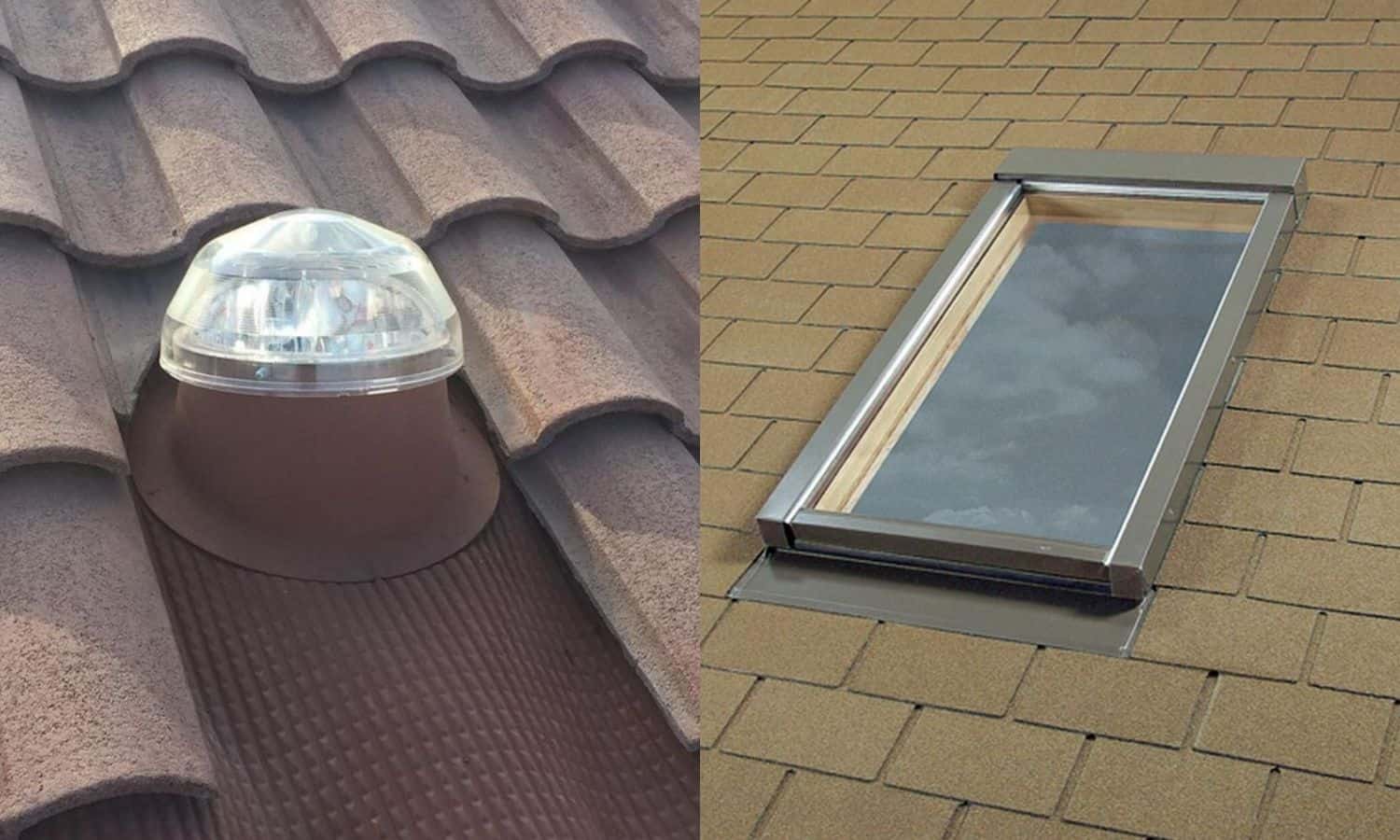
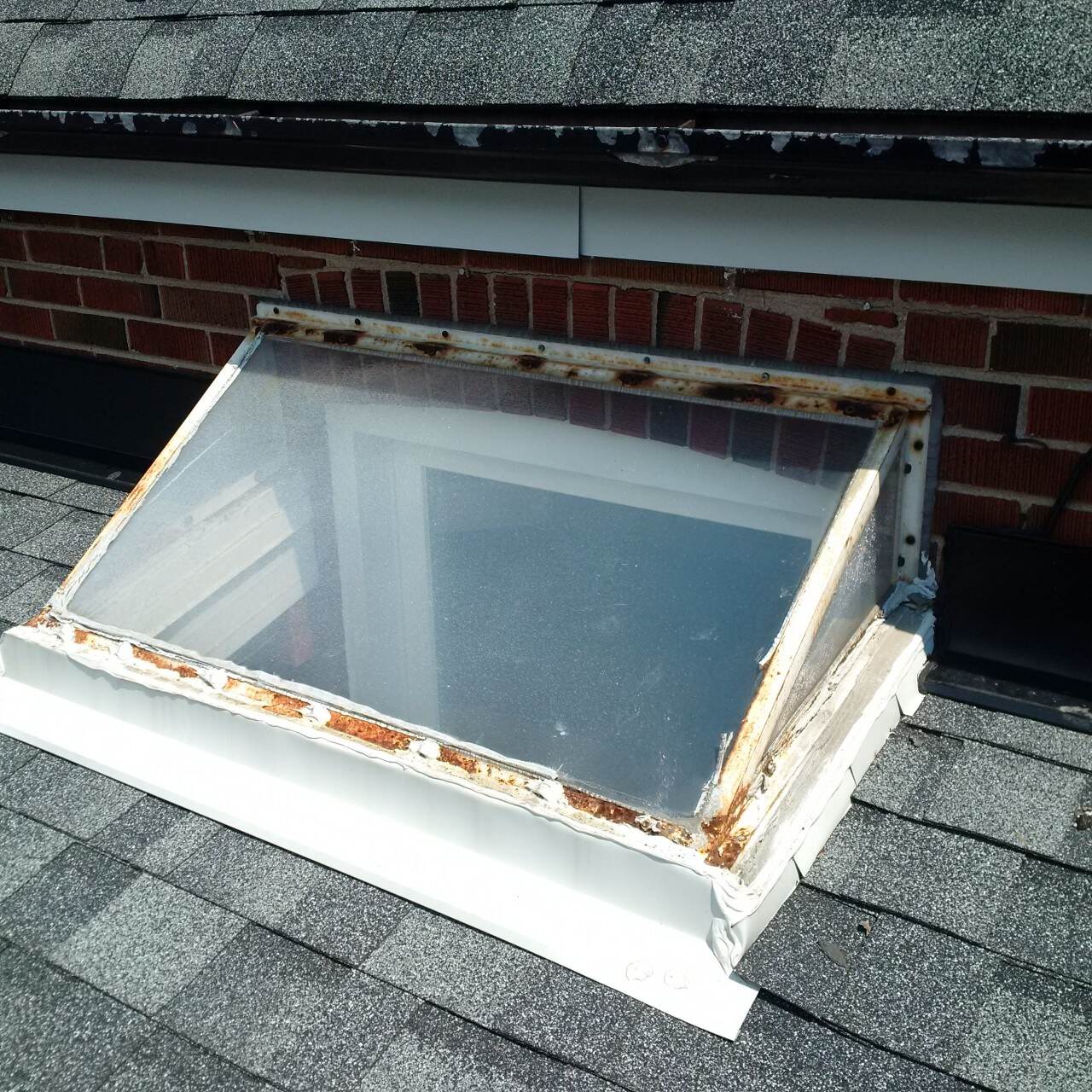
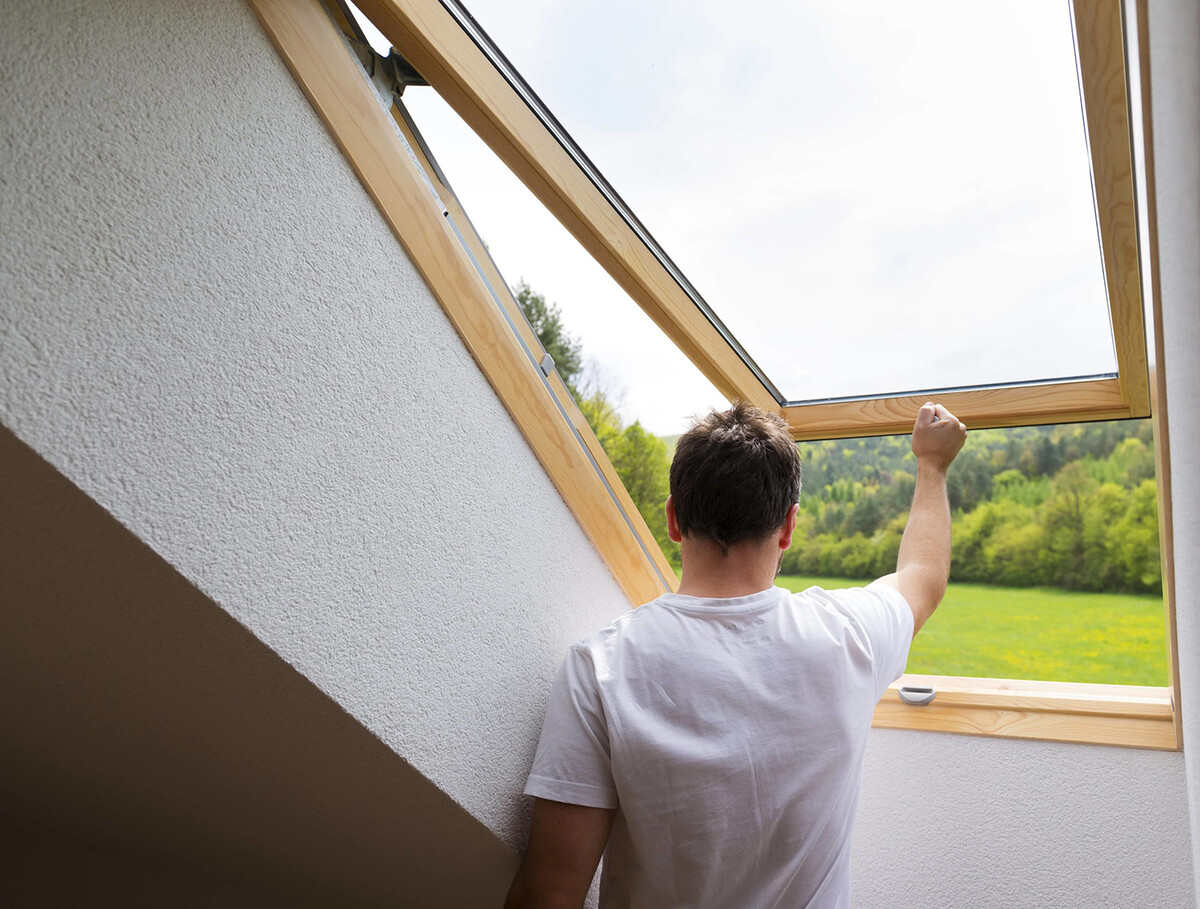
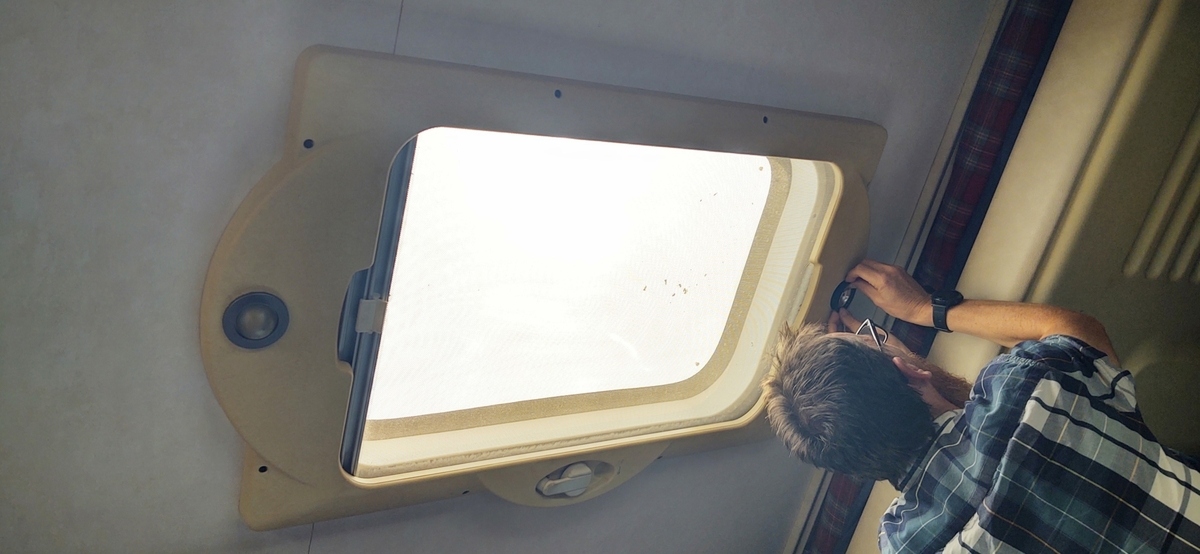
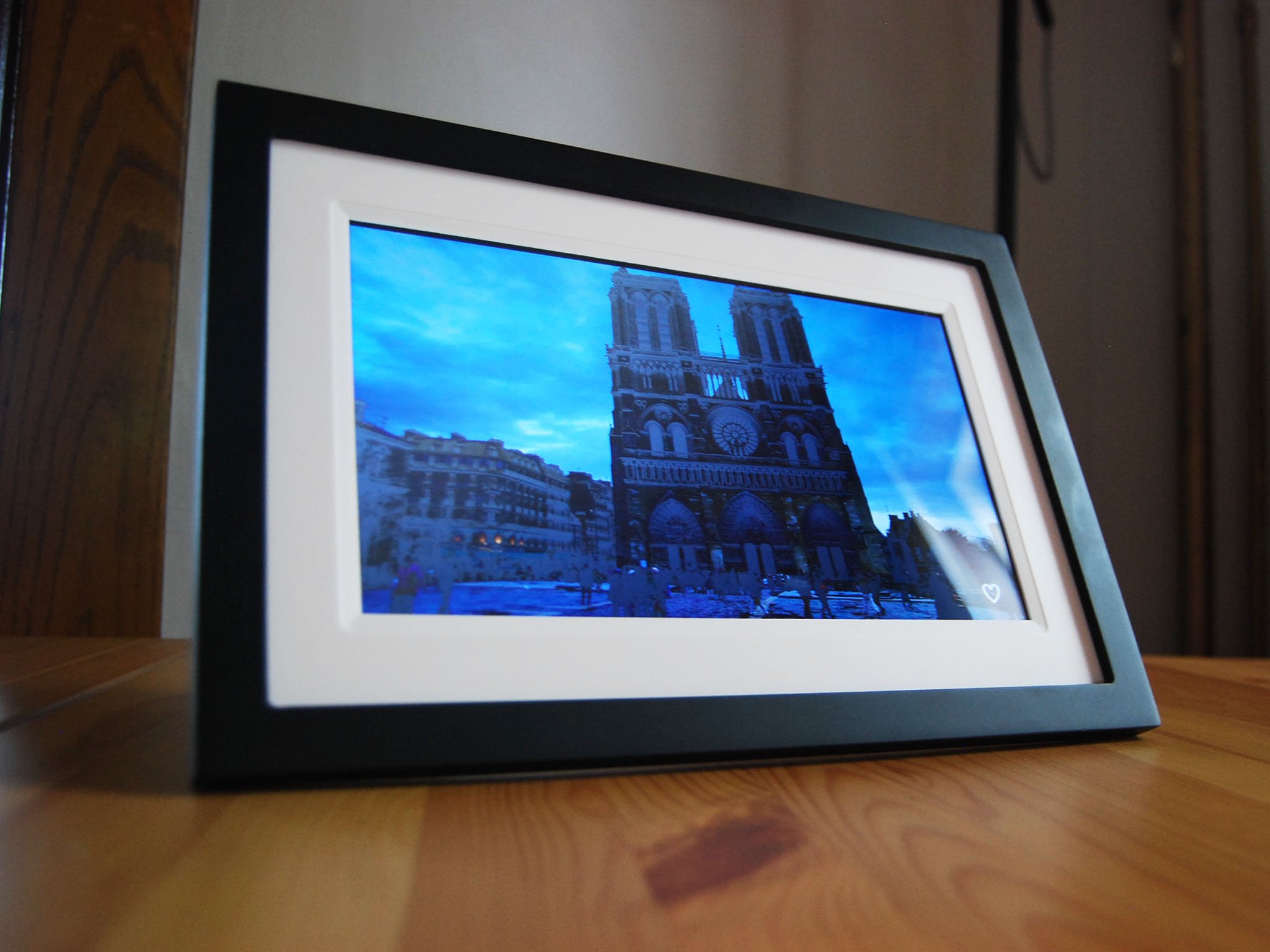
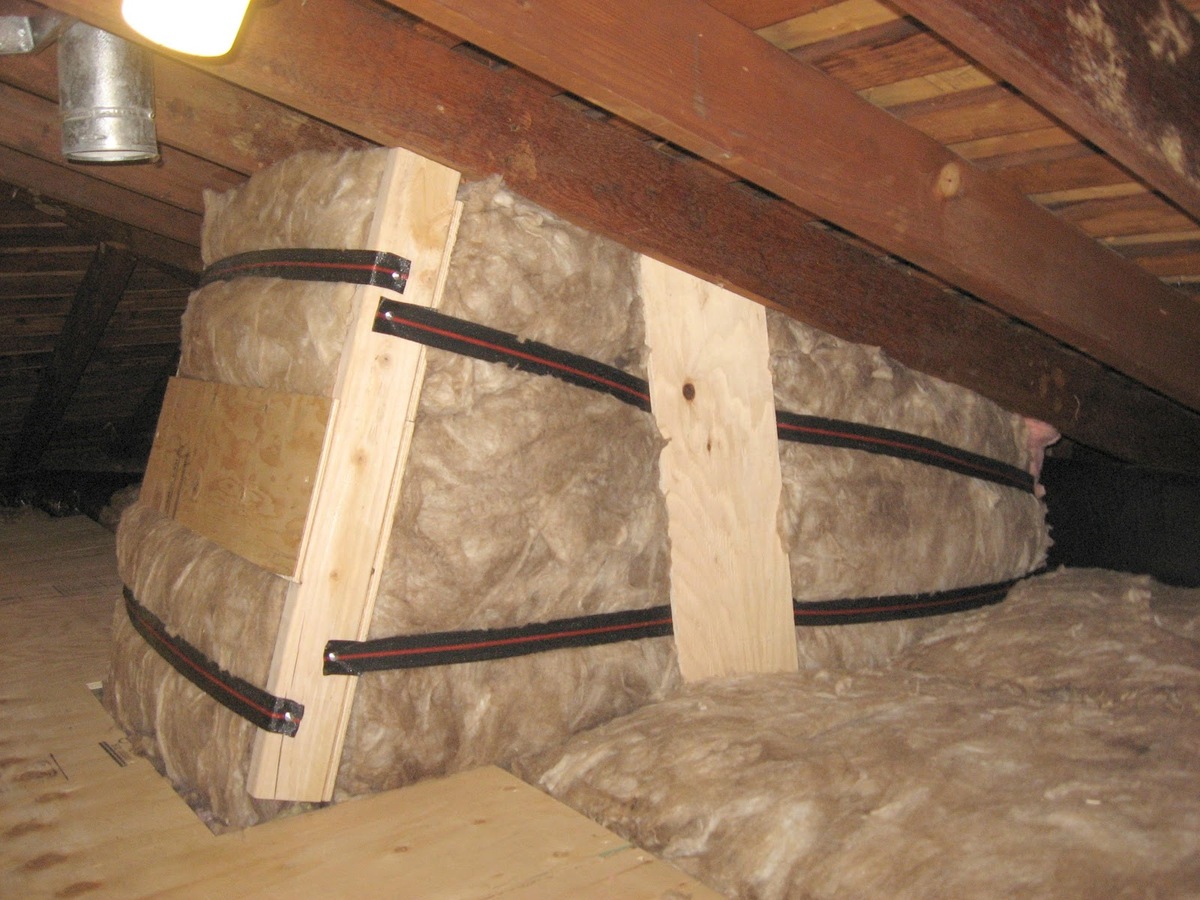
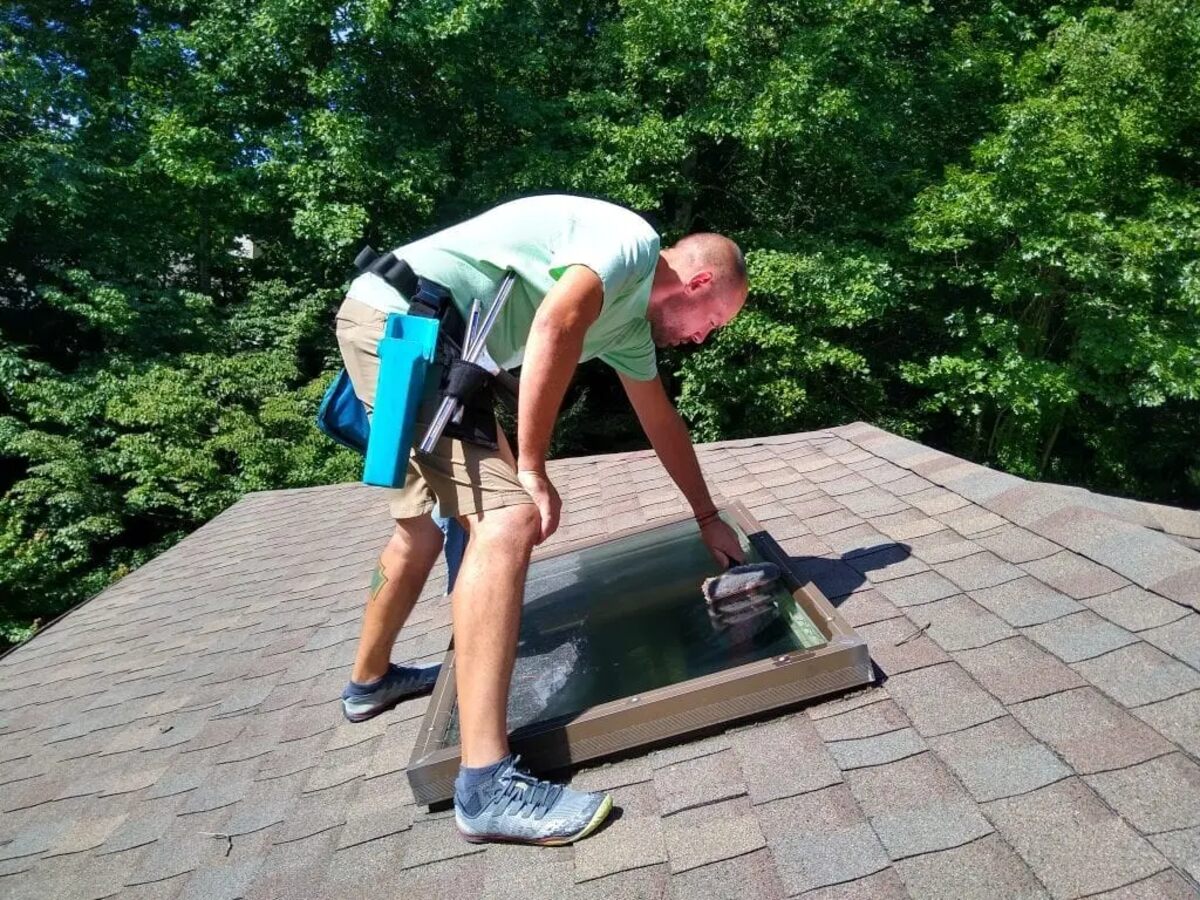
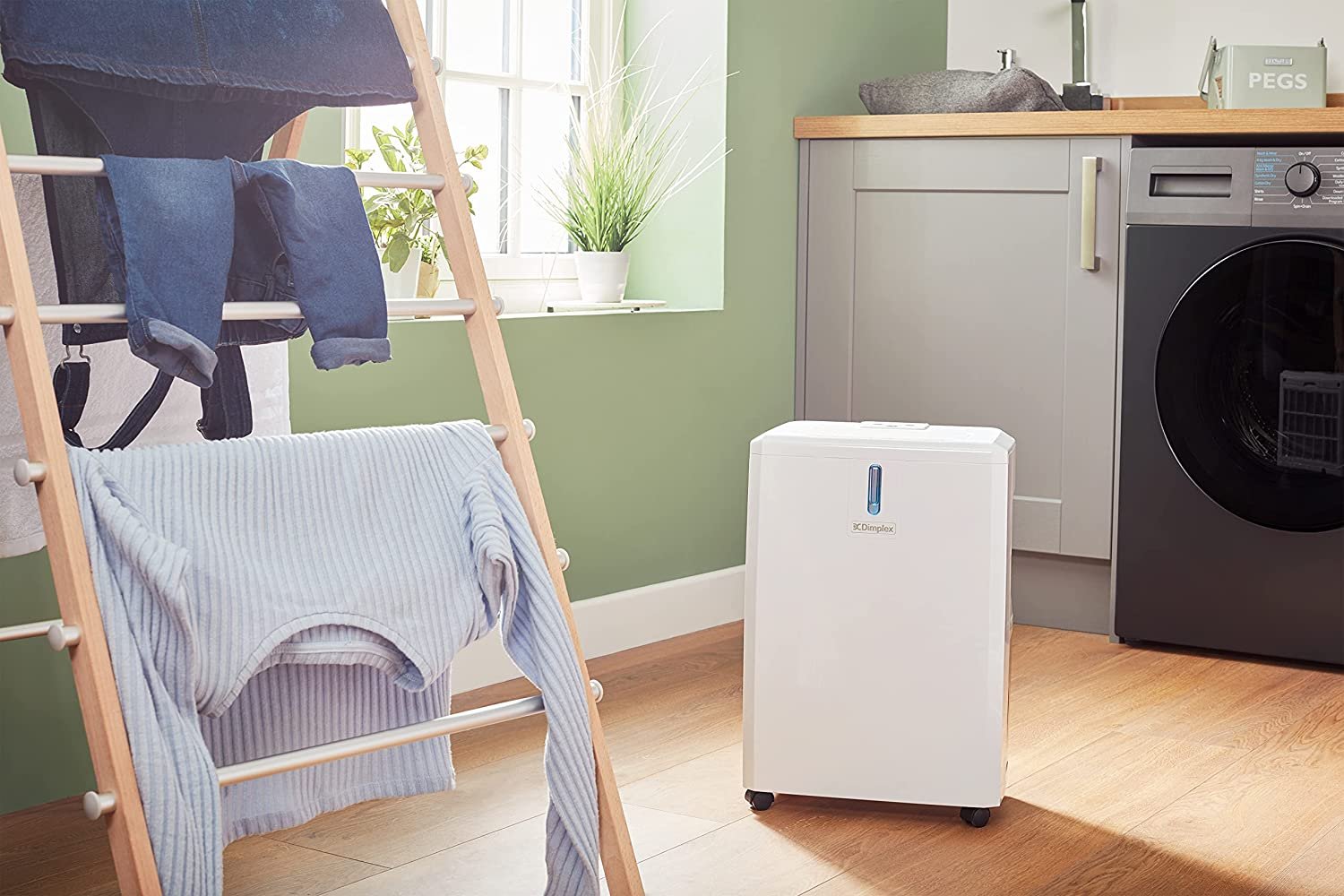
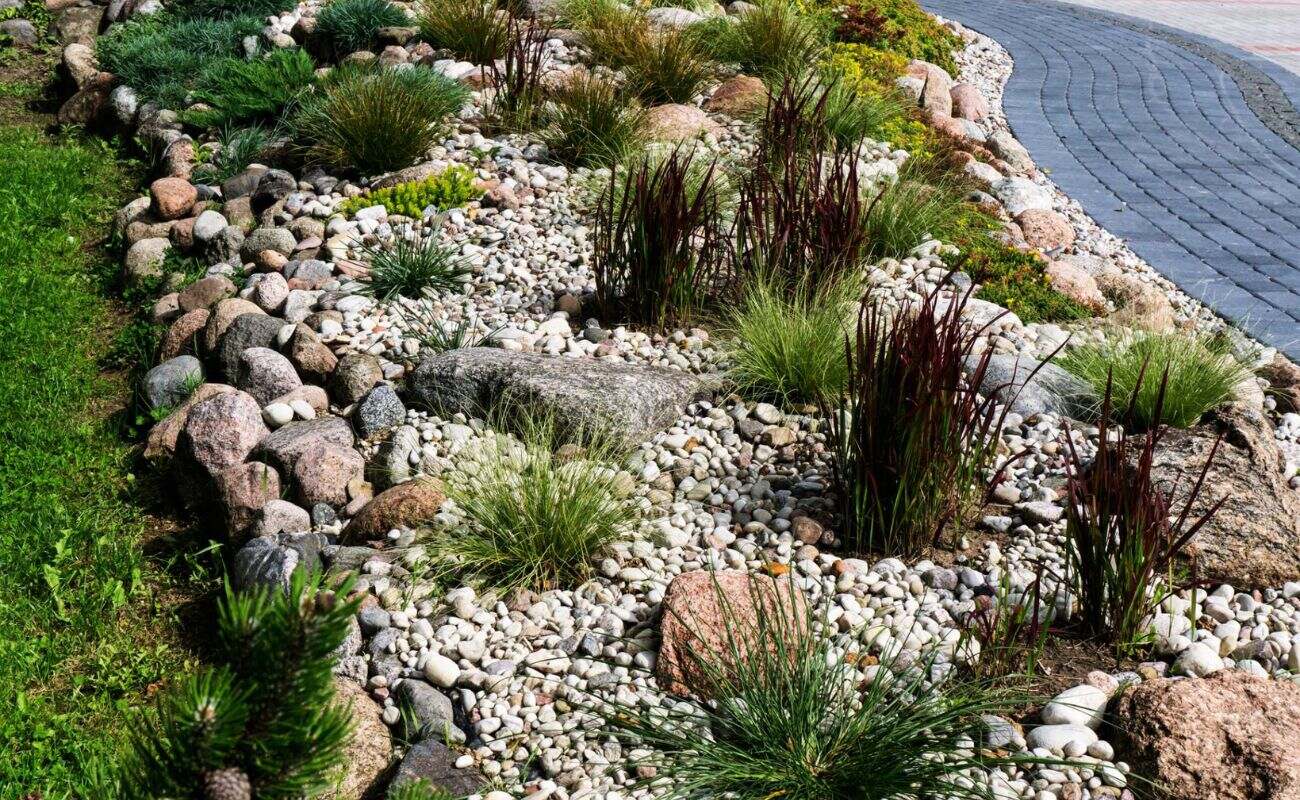
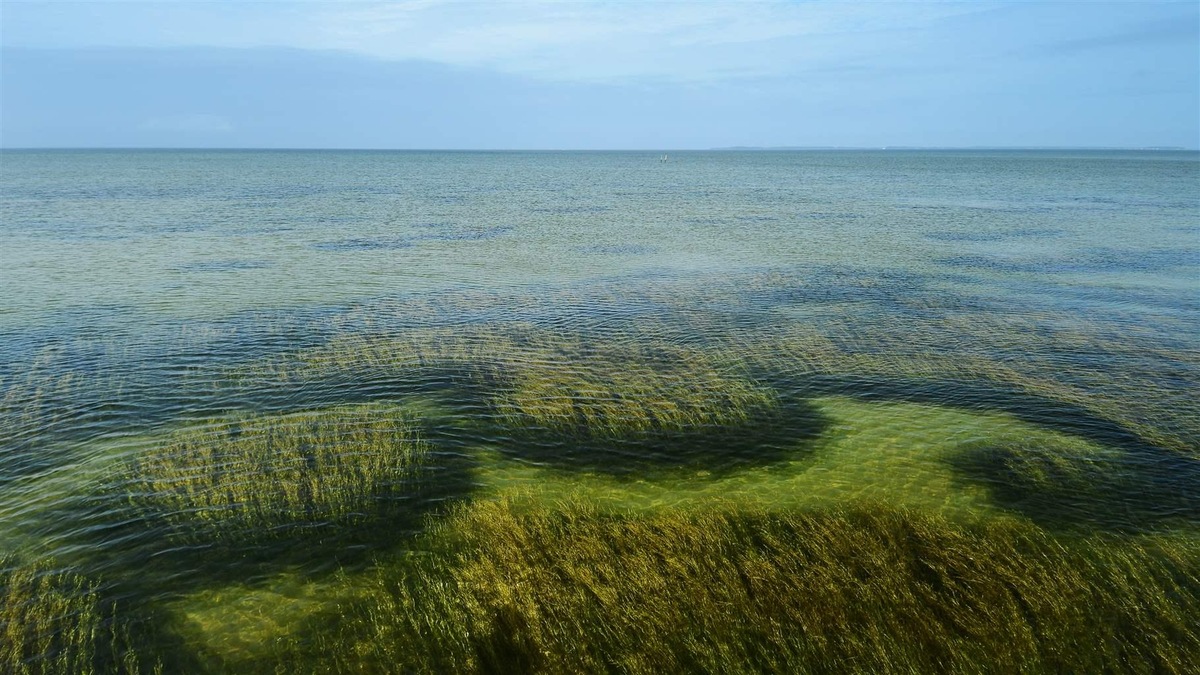

0 thoughts on “What Does A Skylight Filter Do”